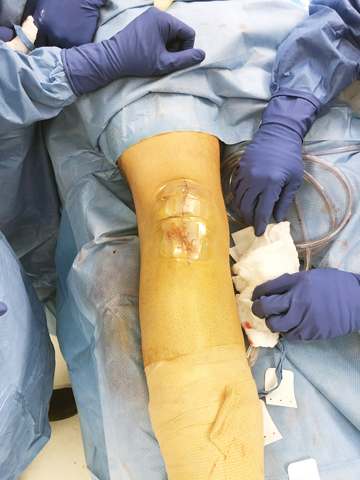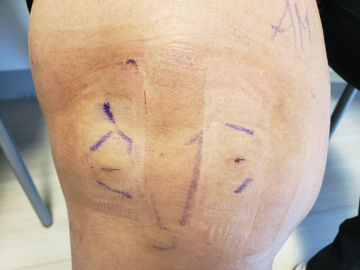There's also a very compelling safety reason for expedient wound closure — especially in today's OR environment. It's worth emphasizing the safety benefits of limiting exposure with patients who are potentially carrying the coronavirus.
"We're in the middle of a pandemic, and every patient contact is a worrisome event for caregivers who put themselves at risk," says Dr. Freed. "When it comes to not having a contagion transmission in the OR, time is of the essence."
Wound closure technology also eliminates the need for patients to schedule post-op appointments to have staples or sutures removed. Safely reducing or limiting provider-patient visits until the pandemic is under control is in everyone's best
interests.
"Staplers and suture require a post-op visit for removal," points out Dr. Freed. "That's a time-consuming, non-reimbursable event that requires an interaction with the patient."
Of course, absorbable stitches are an option, but they can lead to abscesses — drainage, pus or redness around the wound — that essentially negate any of the benefits of the patient not having to return to have the stitches removed.
"Approximately one out of every 20 patients will end up with redness or drainage from an abscess and wind up having to come in for follow-up treatment," says Dr. Ho.
COVID-19 dangers aside, non-invasive wound closure options are the safer option. Suture use carries the constant risk of needlestick injuries for surgeons and surgical team members. Staples, meanwhile, can harm patients. "If you punch 50 staples
into the skin, there's a risk, albeit a small one, of infection," says Dr. Freed. Plus, he points out, non-invasive wound closure options don't traumatize tissue like staples do, and less tissue trauma leads to better outcomes.
.svg?sfvrsn=be606e78_3)


.svg?sfvrsn=56b2f850_5)